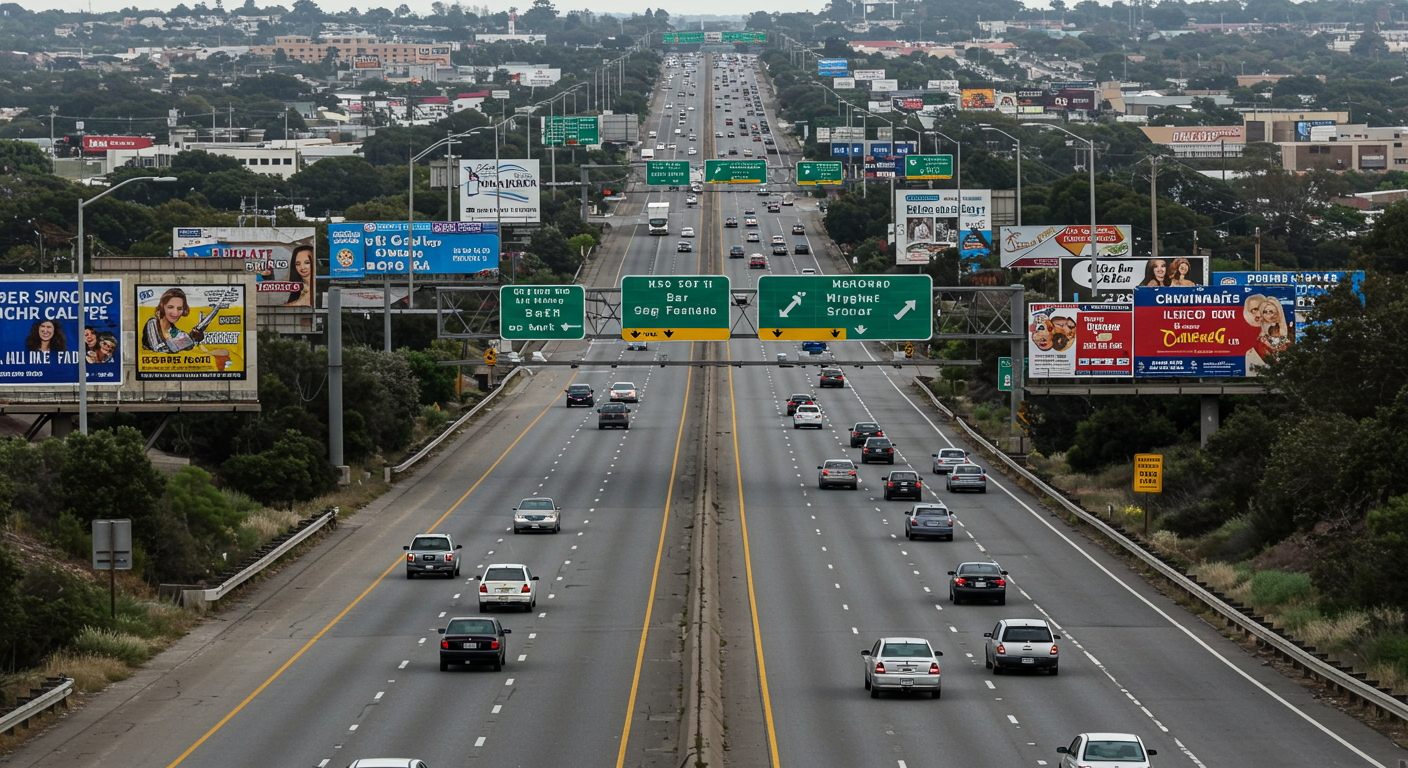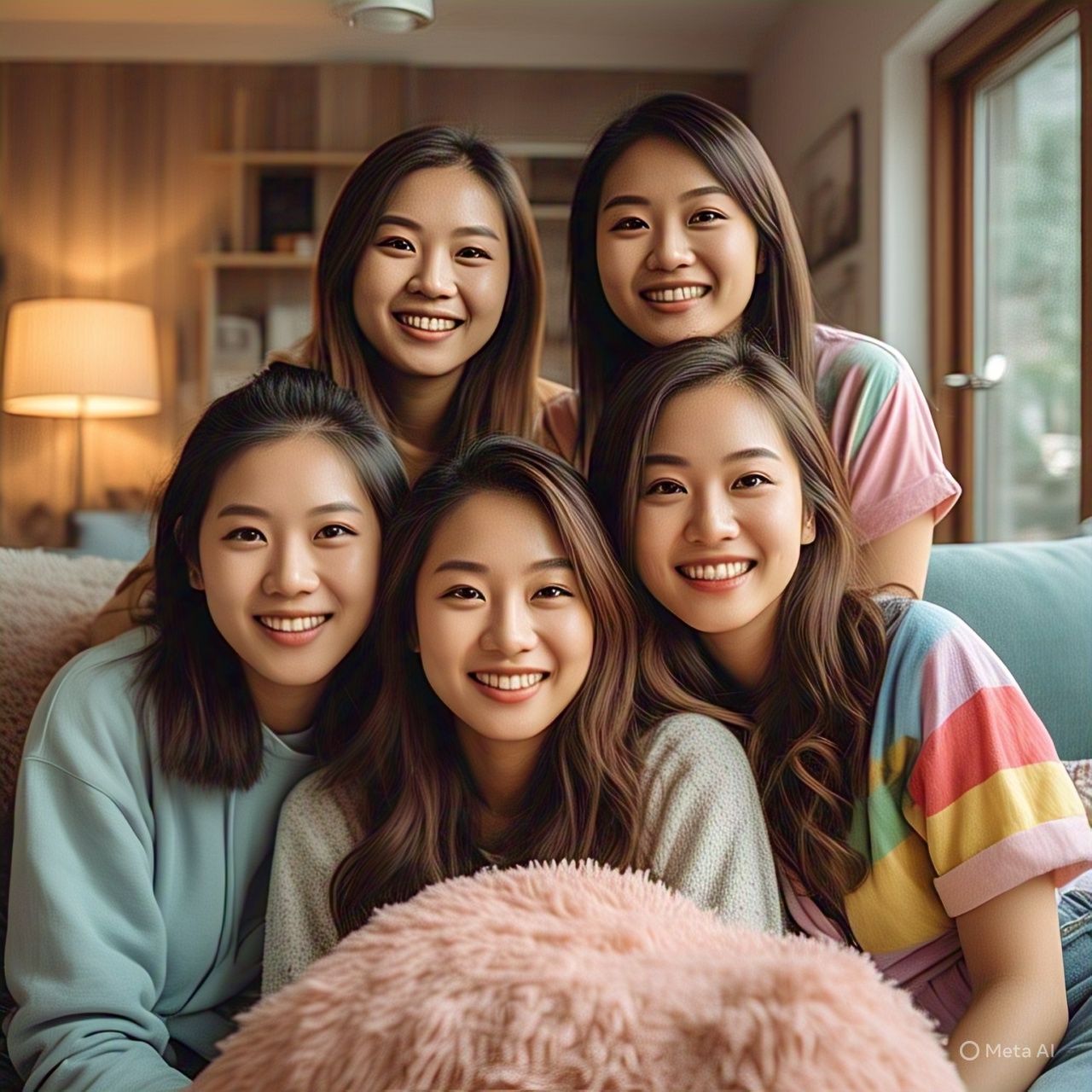Telltale Signs Of AI Generated Images
Real photos and hand crafted art possess a depth and authenticity that AI struggles to replicate. While some AI generated images appear astonishingly real, closer examination often uncovers subtle imperfections. Once you learn to identify these inconsistencies, the artificial illusion shatters.
Unnatural Eyes The Uncanny Valley Effect

If a portrait feels off, the eyes are frequently the culprit. AI can produce fascinating art, but it struggles with capturing human emotion and the delicate details of eyes. This often results in stares that seem vacant, mismatched, or simply unsettling.
Pupils might be misaligned, one iris could appear larger than its counterpart, or the gaze might lack the natural depth that animates human faces. Instead, you will often encounter lifeless expressions, devoid of substance. This emotional disconnect is subtle yet deeply disconcerting, frequently causing an immediate sense of distrust, even if the reason isn't immediately clear.
Mangled Logos And Inconsistent Branding

Branding elements are rarely accurate in AI generated images. You might encounter a Nike logo that's warped or bizarrely merged with elements from another brand, or see random symbols that vaguely resemble logos but don't actually exist.
These distortions highlight the AI model's lack of contextual understanding and are easy to spot if you're familiar with the brand being imitated. The finer details, such as font weight, spacing, or the specific shape of an object, are where inconsistencies most often appear. This is especially evident when the model attempts to blend multiple logos into a single, confusing design.
Interestingly, testing reveals that many AI image generators tend to insert the Coca Cola logo, or a close variant, into scenes where it might contextually fit. Most can replicate it with fair accuracy. This suggests that users frequently request this specific logo, leading to AI models being trained to generate it more often than other brands.
Impossible Reflections That Defy Physics
Mirrors, water, and glass can readily expose an AI's limitations. Reflections in AI generated images might be missing entirely, or they could contain mismatched or distorted elements, immediately contradicting the supposed reality of the scene.
In some instances, you will notice reflections that include extra limbs or objects not present in the main image. In more extreme cases, the reflection itself might seem to step out of the mirror and become part of the surrounding world. These AI generated images can feel like a snapshot from an early 2000s horror movie.
While the real world adheres to the laws of physics and light, AI images often disregard them. The more reflective surfaces present in an image, the greater the chances for these telltale inconsistencies to emerge.
Nonsense Architecture And Structural Flaws
AI may be capable of imitating architectural styles, but it often struggles with depicting sound structure. If you look closely at buildings in AI generated images, you will frequently find design elements that make no practical or physical sense.
Staircases might lead directly into walls. Doorways can float above the ground with no apparent means of access. Windows may appear squashed together or oddly spaced, as if randomly copied and pasted from other structures. Roofs sometimes intersect at impossible angles, and support columns might vanish into thin air or pierce through floors without logical placement.
AI doesn't truly understand engineering or gravity; it makes guesses based on visual patterns. Consequently, it often produces structures that look like buildings at first glance but fall apart under closer scrutiny.
Illogical Backgrounds Where Details Dont Add Up
At first glance, the foreground of an AI image might appear convincing. However, this illusion can crumble when you notice something bewildering in the background.
You might see a tree growing from a rooftop, people floating slightly above the ground, or the Eiffel Tower inexplicably placed in a suburban parking lot. Figures may appear half merged into objects, blending into buildings, cars, or fences like visual glitches.
Sometimes, the scale feels entirely wrong: a cat the size of a mailbox, or a streetlamp that barely reaches eye level. Other times, you will catch unidentifiable blobs or textures masquerading as real objects—things that don't belong anywhere in the natural world.
AI can fake detail, but it often fails to place those details where they make contextual sense. Certain AI art generators are capable of creating photorealistic results, but even the most advanced ones struggle to produce a consistently clean, logical background. The result is often a scene that only looks believable if you significantly squint your eyes.
Blurry Or Garbled Figures In The Distance

Similar to the previous point, people in the background are typically a low priority in AI renderings. As a result, they often appear blurry, incomplete, or twisted into impossible poses.
These ghost like figures might have facial features that are melted or indistinct, and their postures can be disorienting. Limbs might overlap in strange ways, or heads may float slightly above the neck without proper alignment. In group scenes, you might spot repeated faces, mirrored hairstyles, or multiple people locked in the same pose, wearing oddly similar clothing.
To an AI, background figures often serve as visual afterthoughts. They can become unsettling silhouettes that reveal the image’s artificial origins. No matter how sharp the foreground may be, these subjects are a clear sign that what you're seeing isn’t an organic image.
Note: The following indicators primarily apply to older AI image generators. Newer models have made significant advancements and may not exhibit these issues as prominently.
Overly Smooth And Plastic Like Skin Textures

AI generated people often appear to have skin that’s been airbrushed into oblivion. This stems from how AI handles facial features and textures; it tends to favor smoothness over realism.
Pores disappear. Wrinkles, freckles, and scars are often erased. The result is a waxy, overly polished complexion that lacks the natural texture of real skin. Frequently, this smoothing effect extends beyond the face, affecting necks, hands, and even clothing, creating an oddly artificial appearance.
There are plenty of AI art generators that can create images from text, but most of them suffer from this exact issue. Only newer models, such as GPT-4o, can create incredibly realistic images that avoid subjects with plastic skin.
Anatomically Incorrect Hands A Common AI Tell
This remains one of the most obvious giveaways. AI has long struggled with rendering hands accurately, and although improvements have been made, distorted digits are still a clear sign of artificial generation.
Look for extra fingers, fused joints, unnatural bends, or fingers that seem to emerge directly from palms. Since AI doesn't truly “understand” human anatomy, it often produces a mangled up mess when it comes to hands.
Thumbs are particularly telling. If you zoom in and examine them closely, you’ll likely find something odd. Sometimes, entire hands are positioned at impossible angles, or they seem too small or large in proportion to the body.
Gibberish Text And Unreadable Lettering

AI generated images consistently fail when it comes to rendering text. If you ask for a street sign or a product label, you’ll often get jumbled, unreadable characters that resemble the aftermath of a Scrabble game gone wrong.
AI image generator models are trained on visual data, not language comprehension. As a result, they often produce letter like shapes that mimic text without forming real, readable words. Even when a word appears recognizable at first glance, closer inspection usually reveals extra strokes, inconsistent fonts, or spacing that doesn’t make sense.
It's important to note that a few advanced models are capable of generating legible text, although you can sometimes still spot minor inconsistencies. For example, an image generated by GPT-4o for an article about the most dangerous writing app featured a keyboard covered in randomized shapes and letters.
There are tools that you can use to fix gibberish text in AI generated images, but not all are effective.
Inconsistent Lighting And Unnatural Shadows
Lighting errors are another frequent red flag in AI generated images. You might see shadows pointing in conflicting directions, or a person lit from the left while inexplicably casting a shadow in the same direction. Shadows may also appear too soft, too sharp, or be completely absent where they should exist.
Though most people aren’t lighting experts, we all possess an intuitive sense of how light should behave. When AI fails to follow these fundamental rules, it stands out—even if only subconsciously.


